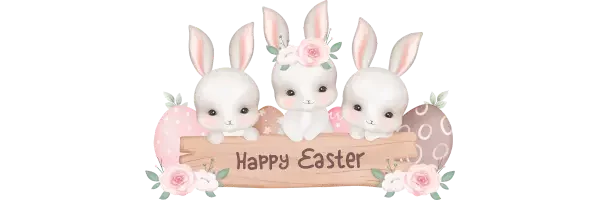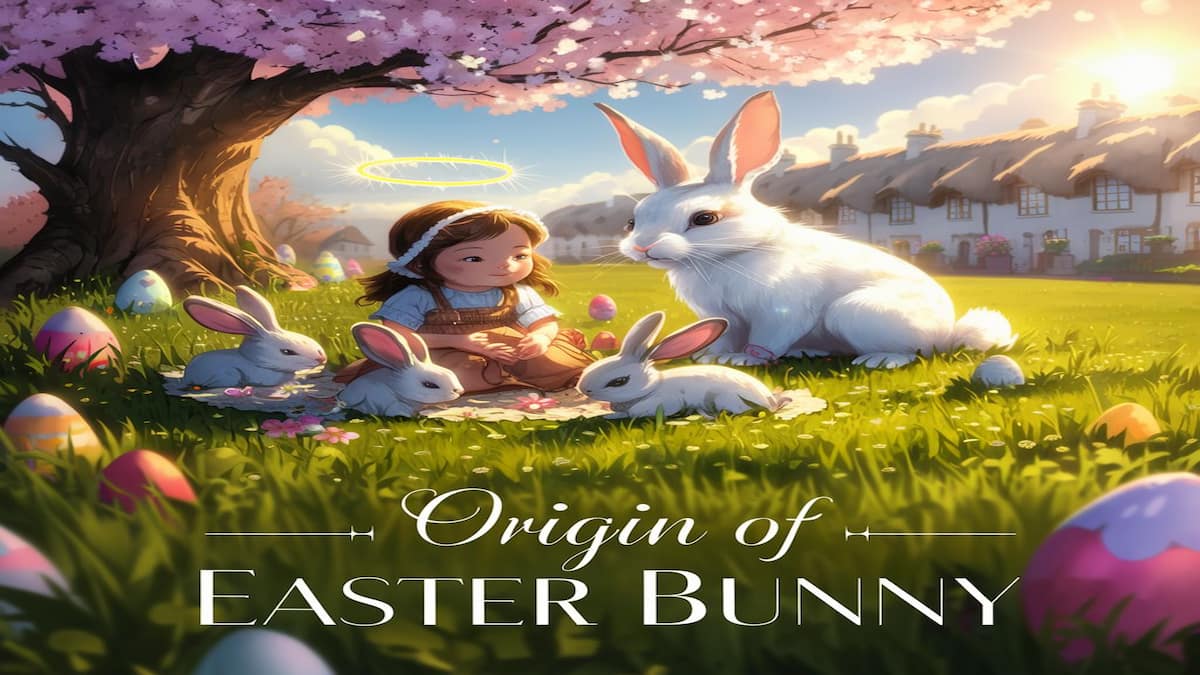The Hopping History of the Easter Bunny: A Chronological Journey
The Easter Bunny, a beloved and timeless symbol of the holiday season known for delivering chocolate eggs and hiding them for children to find, boasts a surprisingly complex and multifaceted origin story. Unlike the central tenets of Easter itself, the bunny’s roots are not found in the Bible but rather in a blend of ancient traditions and cultural evolution. Let’s delve into the chronological journey of this iconic Easter figure.
Pre-Christian Era (3rd – 4th Centuries AD):
Pagan Symbolism: The rabbit’s connection to spring and fertility can be traced back to pre-Christian times. The goddess Eostre, revered in parts of northern Europe for her association with spring and new beginnings, had a hare as her symbolic animal. Rabbits, known for their prolific breeding, naturally came to represent fertility and rebirth, themes central to both spring and the celebration of Easter.
Early Christian Era (7th – 16th Centuries AD):
A Time of Transition: While the exact timeline is unclear, the celebration of Easter, commemorating the resurrection of Jesus Christ, emerged sometime between the 2nd and 4th centuries AD. During this period, some scholars believe Christians adopted the existing spring festival traditions, including the hare symbolism, to ease the transition for pagan converts.
16th – 17th Centuries:
The Easter Hare Hopps into Europe: The first documented mentions of the Easter Hare appear in 16th-century German texts. These accounts describe children searching for eggs hidden by the “Osterhase” or “Oschter Haws,” laying the foundation for the modern Easter egg hunt.
18th Century:
The Bunny Crosses the Atlantic: German immigrants arriving in Pennsylvania in the 1700s brought with them their tradition of the Easter Hare. Their children continued the custom of making nests for the egg-laying hare, establishing the tradition in the United States.
19th – 20th Centuries:
Transformation and Modernization: Over time, the Easter Hare gradually morphed into the Easter Bunny we know today. Visual depictions emerged in the 19th century, and the bunny began to shift from egg-layer to egg-deliverer, carrying baskets filled with chocolates and treats. The 20th century saw the further commercialization of the Easter Bunny, solidifying its place as a popular cultural icon.
The Enduring Legacy:
While the Easter Bunny’s origins may not be rooted in scripture, it has become an integral part of Easter celebrations for many around the world. Its story reflects the fascinating interplay of cultural exchange, religious adaptation, and evolving traditions, reminding us of the dynamic nature of our celebrations and the enduring power of symbols.
How Did the Rabbit Symbol Become Connected to Easter?
The association of rabbits with Easter has its roots in ancient pagan traditions and folklore, particularly in Europe. Rabbits are known for their prolific breeding, and in many cultures, they symbolize fertility and new life, which aligns with the themes of rebirth and renewal associated with Easter.
One theory suggests that the tradition of the Easter Bunny originated with the Germanic pagan goddess Eostre, who was associated with springtime and fertility. Legend has it that Eostre found a wounded bird and transformed it into a hare so it could survive the winter. The hare then showed its gratitude to Eostre by laying colorful eggs, which became a symbol of new life and fertility.
When Christianity spread throughout Europe, it absorbed and adapted many existing pagan customs and symbols into its own celebrations. Over time, the Easter Bunny became intertwined with Easter celebrations, particularly in German folklore where it was said to bring eggs and treats to children on Easter Sunday.
The tradition of the Easter Bunny was brought to America by German immigrants in the 1700s, and it became more widespread and popular over time, eventually becoming a staple of Easter celebrations in many countries around the world.
In summary, the connection between rabbits and Easter is rooted in ancient pagan traditions symbolizing fertility and new life, which were later absorbed into Christian Easter celebrations and popularized through folklore and cultural customs.

